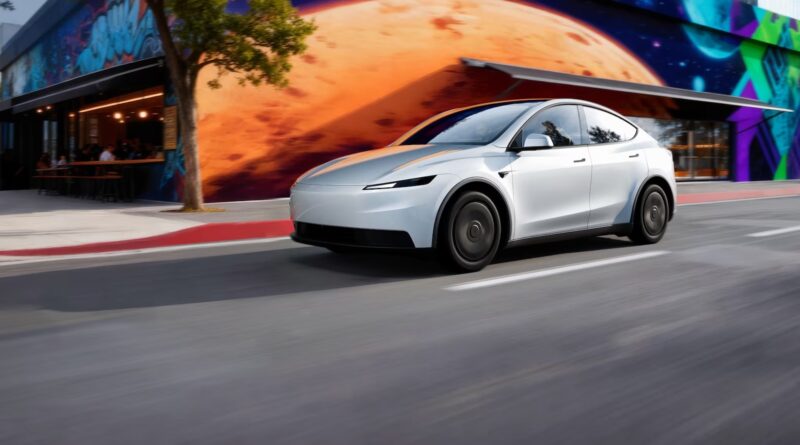
The launch of the latest Tesla Model 3 Standard and Model Y Standard has drawn significant attention, particularly due to their revised specifications and pricing. While these models offer impressive advancements in electric vehicle (EV) range, they also present challenges for potential buyers hoping for lower price points.
Range Improvements Highlighted
One of the standout features of the new Tesla models is the substantial increase in range. The Model 3 Standard now boasts an impressive range of 321 miles on a single charge, compared to the 240 miles offered by the previous Standard Range Plus version from August 2019. This increase is particularly noteworthy given the ongoing discussions about battery costs and their impact on vehicle pricing.
Despite inflationary pressures affecting many aspects of the automotive market, the cost of batteries has decreased, allowing Tesla to enhance the performance of their vehicles while maintaining competitive pricing. The improvements in range not only reflect Tesla’s commitment to advancing EV technology but also underscore a broader trend within the industry that benefits consumers.
Pricing Concerns Surface
On the downside, many prospective buyers are expressing disappointment regarding the pricing of these new models. The base price for the Model 3 Standard is set at $37,000, while the Model Y Standard starts at $40,000. These figures have raised eyebrows, particularly as they closely mirror the costs of the earlier Model 3 and Model Y six years ago.
Initially, there were hopes that Tesla might introduce a more affordable option closer to $30,000, a goal that now appears abandoned. With the removal of the federal tax credit of $7,500, the new models are effectively priced higher than their predecessors. This pricing strategy may limit Tesla’s ability to reach new market segments, particularly among those who were previously unable to afford these vehicles.
Many consumers expected that the launch of lower-priced models would open doors to a broader audience, but the reality is that these new offerings may not significantly alter Tesla’s sales trajectory. With numerous used Teslas available at lower prices, the question remains whether the new models will attract buyers who were previously priced out.
The market for electric vehicles continues to evolve, and while Tesla remains a leader, the company’s ability to adapt to consumer expectations will be crucial. As Tesla prepares for the fourth quarter, it will be interesting to see how these pricing decisions impact sales compared to previous years. The forthcoming months may reveal whether the enhancements in range can compensate for the concerns surrounding affordability.






